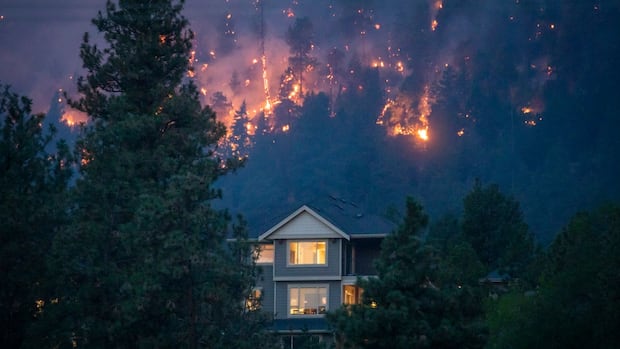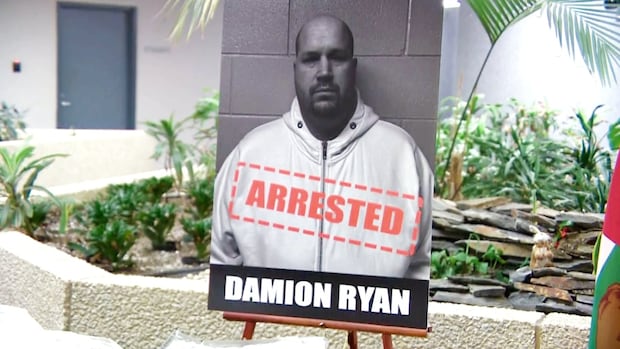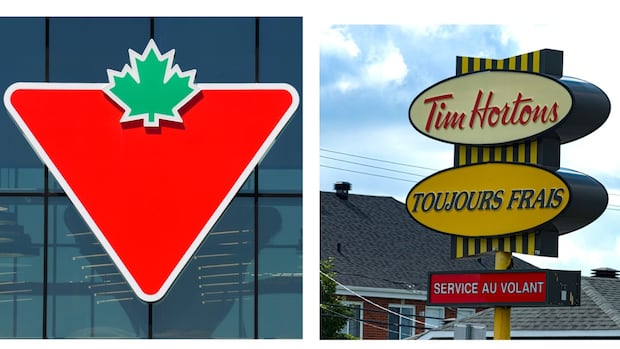From fireproofing the areas surrounding your home to putting a pet alert decal in your window, experts say there are things you can do in advance to prepare for an emergency evacuation due to wildfires.
More than 26,400 people in Saskatchewan have been evacuated due to wildfires so far in 2025, according to numbers provided by the Red Cross and the Saskatchewan Public Safety Agency. The two agencies have handled the bulk of evacuations in the province.
Some evacuees have been forced to leave with only the clothes they were wearing.
CBC News spoke to experts from the Canadian Red Cross, the Canadian Automobile Association and the Saskatchewan First Nation Emergency Management office about how to best prepare for getting to safety in the event of a wildfire evacuation, and what to do when you come home.
Here are their tips.
Make an emergency plan before an alert
Long before there is even a risk nearby, you can make an emergency plan, said Jason Small, a spokesperson with the Canadian Red Cross.
“When there is a risk of an evacuation order, you may not have time to do a full plan,” Small said.
Consider the individual needs of each of your family members, he said. A top priority is understanding exactly how long it will take for your family to physically leave the home, factoring in extra time if someone requires help getting into a vehicle.
“Have multiple plans for getting out of your neighbourhood. Don’t just have one route, because something might happen to that one,” Small said. Your entire family should know where you’d need to go and what to do if you are separated, he said.
The Red Cross has resources for making emergency plans in several different languages.
That plan should also include who will be gathering any pets, said the Canadian Automobile Association’s Michael Poulin. The CAA often deals with insurance claims after a wildfire, and pet insurance is a growing category, Poulin said.
“The last thing you want to do is meet at your family meeting point and realize nobody thought about it,” he said.
He also suggested putting a pet alert decal in your home, in case you must leave them behind, so that emergency workers know to look for them if they come into your home.
Fireproof your home
“If you’re living in the boreal forest, really ‘FireSmart’ your property,” said Michelle Vandevord, the director for Saskatchewan First Nation Emergency Management, which helps prepare First Nations communities for emergencies like fires.
That means viewing your home through a different lens, and considering what would happen if an ember landed in your yard, said Vandevord.
WATCH | Is your property prepared for a wildfire?
The area surrounding your home can be broken into three zones, she said.
Both the immediate area, up to 1.5 metres away, and the intermediate zone, which is 1.5 metres to 10 metres away, should be “totally cleared” of all flammable debris and anything combustible like propane tanks.
The extended zone, 10 to 30 metres from your home, should have “fire-safe” trees, which are trimmed of dead limbs and have a limited number of branches touching the ground, Vandevord said.
“I think there’s a big perception out there that FireSmart is just cutting down all the trees around your property, and that’s really not the case,” Vandevord said.
People watching a fire line may think they have time to get out, but a fire on your property “can happen a lot faster than most people expect,” said the CAA’s Poulin.
“Ninety per cent of homes that are damaged from wildfire aren’t actually damaged by the fire itself, but by embers that are carried on the wind up to five kilometres away,” he said.
Prep your car
Your car should be generally roadworthy, up to date on maintenance like oil changes and wheel alignments, and have good tires, Poulin said.
“The last thing you want to have is a flat tire because of improper maintenance when you’re in a life-or-death situation,” he said.
Your car should be pointed toward the road and have a full tank of gas, Small said, adding that the Red Cross has often seen gas stations run out of fuel when many people are leaving an area.
Poulin said that while you’re taught to leave everything behind in an emergency in order to get out quickly, there’s nothing stopping you from pre-loading your car with cherished keepsakes when preparing for a possible evacuation.
Make an emergency kit
All three experts say an emergency kit, packed in advance, that can last your family at least 72 hours is vital. It should be personalized to your family and include things like:
- Water.
- Non-perishable food.
- Medications.
- Essential items for babies and pets.
- A crank- or battery-operated flashlight and radio.
- Clothing.
- Extra keys.
- Important documents.
- First aid kits.
“It should be near your door, ready to go,” the Red Cross’s Small said.
Self-sufficiency is important, he said, since when you reach another safe community, there’s no guarantee it won’t already have been depleted of water and fuel by other evacuees.
What to do when you have to evacuate
When an evacuation order is issued, listen to local authorities and leave promptly, no matter how much you want to stay and try to save your home, Saskatchewan First Nation Emergency Management’s Vandevord said.
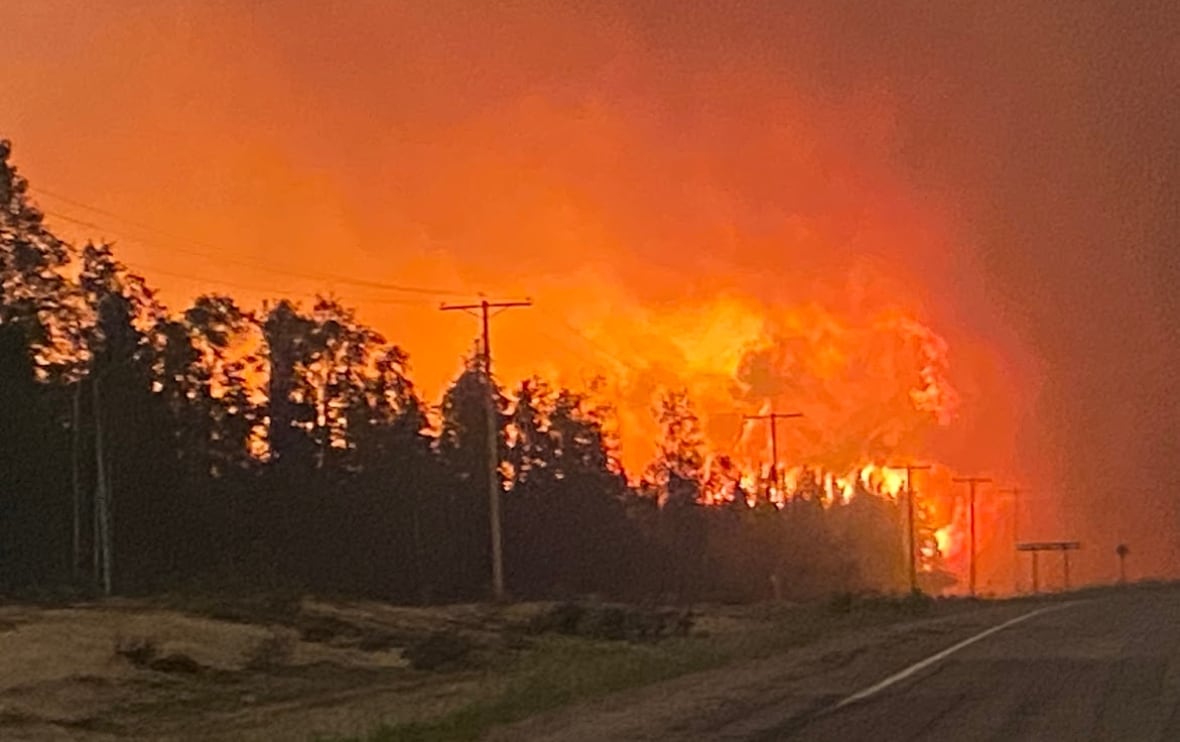
“It really is risking lives during a fire event, and it’s also possibly risking the lives of firefighters who may have to go in to help rescue homeowners who want to stay behind,” she said.
When driving out, watch for downed power lines, and stay at least 10 metres away from them, Poulin said.
What to do when you return home
According to Vandevord, one of the first steps of returning home is mentally preparing yourself for what you are going to see, including the damage to the land.
“You’re going home to a totally different landscape than you left,” Vandevord said. “Make sure that you have a good solid foundation around you for your mental health, before, during and after an emergency event.”
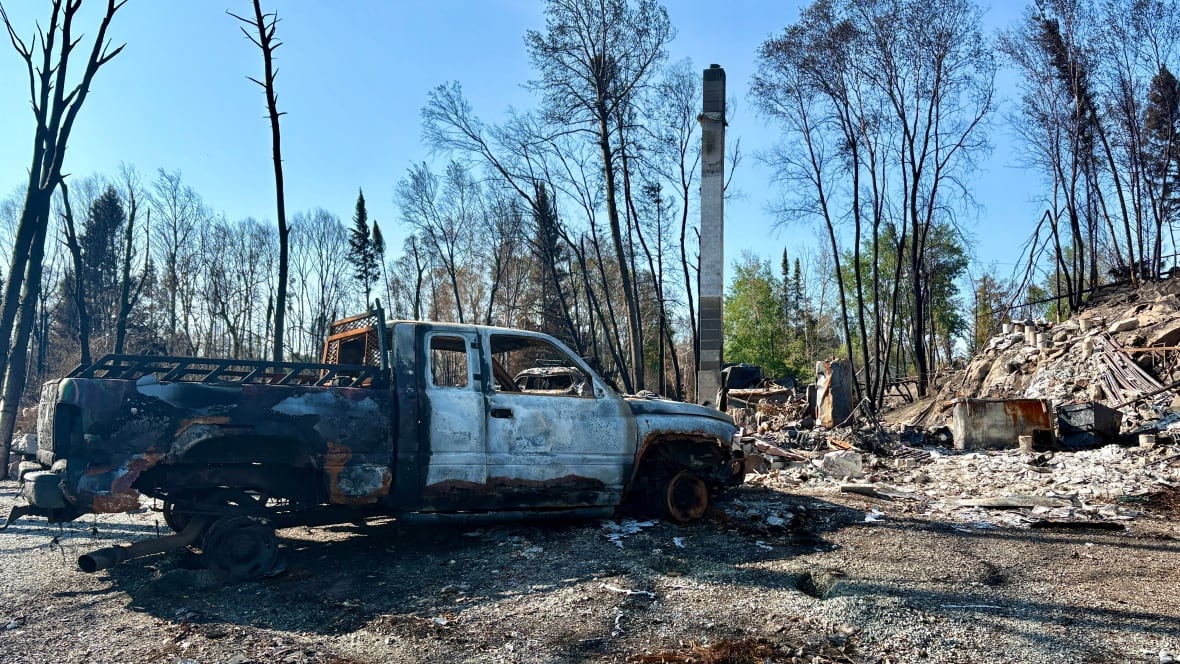
Once authorized to re-enter your home, Small said you should make sure that your food and water is safe.
“If anything’s been exposed to heat, smoke, soot, get rid of that,” Small said.
If your power went out, any food that has gone bad needs to be thrown out, Small said.


